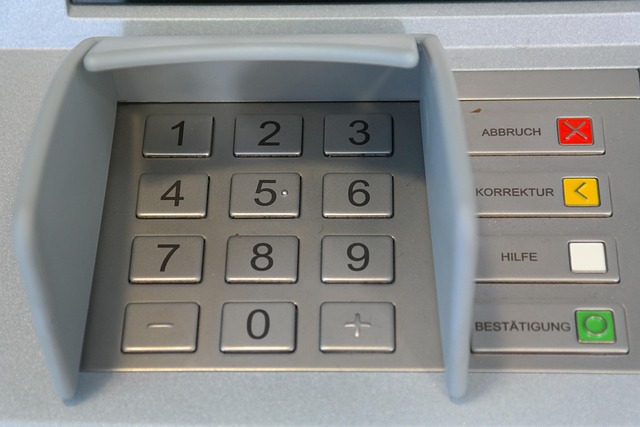After bankruptcy, Title Loan Forgiveness Programs offer an alternative path to debt resolution using vehicle equity as collateral. With an online application process, these programs provide convenient emergency funds and foster debt freedom. Eligibility requires demonstrating financial hardship, adhering to bankruptcy requirements, and understanding program terms. Strategic steps include assessing eligibility, gathering documents, and reaching out to authorities for tailored application procedures and repayment options.
After facing bankruptcy, many wonder if there’s a way out of debt with title loan forgiveness. This article explores just that by delving into title loan forgiveness programs available post-bankruptcy. We’ll break down key aspects, including understanding your options, criteria for eligibility, and practical steps to claim forgiveness. Discover how these programs can offer financial relief and a fresh start.
- Understanding Title Loan Forgiveness After Bankruptcy
- Eligibility Criteria for Forgiveness Programs
- Navigating the Process: Steps to Claim Forgiveness
Understanding Title Loan Forgiveness After Bankruptcy

After going through a bankruptcy case, individuals often seek financial relief and a fresh start. One avenue to explore is title loan forgiveness programs, which can provide an opportunity to regain control over their finances. Understanding these programs is crucial, especially when considering how they differ from traditional loans and offer a unique path to debt resolution.
Bankruptcy may leave individuals with limited options for securing future loans due to credit score impacts. However, title loan forgiveness initiatives allow borrowers to use their vehicle’s equity as collateral without the need for perfect credit. This alternative approach ensures that those in need of emergency funds can access financial support while working towards debt freedom. An added benefit is the convenience of an online application process, making it more accessible for those who prefer digital solutions.
Eligibility Criteria for Forgiveness Programs

Many individuals facing financial hardship after a bankruptcy case may find relief through specific Title Loan Forgiveness Programs. These programs offer a second chance for those who rely on alternative financing options, like Fort Worth loans secured with vehicle collateral. To be eligible, borrowers typically need to meet certain criteria set by the lender or government agency providing the forgiveness initiative. This often includes demonstrating financial hardship, adhering to bankruptcy requirements, and keeping up with loan payments (if applicable) following the bankruptcy discharge.
The eligibility process involves a thorough review of individual circumstances. Factors such as income, existing debts, and the ability to make future loan repayments play significant roles in determining suitability for forgiveness. Additionally, borrowers must ensure they understand the terms and conditions of each program to maximize their chances of receiving financial assistance.
Navigating the Process: Steps to Claim Forgiveness

Navigating the process of claiming title loan forgiveness after bankruptcy can seem daunting, but with the right steps, it becomes a feasible goal. Firstly, individuals must assess their eligibility for forgiveness programs, which often depend on the type and timing of their bankruptcy. Consult with a legal professional or financial advisor to understand the specific requirements, as each program has its own set of criteria.
Once eligibility is confirmed, the next step involves gathering necessary documents, including proof of bankruptcy, financial statements, and any agreements related to the title loan. These documents are crucial when applying for forgiveness. After preparation, individuals can reach out to relevant authorities or organizations responsible for managing these programs. They should inquire about application procedures, deadlines, and available repayment options, such as those offered in Fort Worth loans, which could provide a tailored approach to fitting their financial situation.
After navigating the complexities of bankruptcy, many individuals seek relief from their remaining debts. Title loan forgiveness programs offer a glimmer of hope by potentially erasing these outstanding balances. By understanding the eligibility criteria and following the outlined steps to claim forgiveness, debtors can explore this avenue towards financial freedom. These initiatives provide a second chance for those striving to rebuild their financial stability post-bankruptcy.






